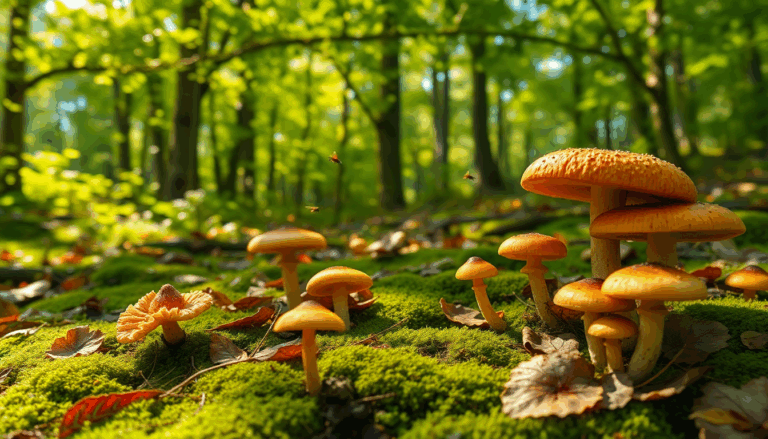Understanding the new mushroom foraging permit rates
As of 2025, the costs associated with permits for collecting edible mushrooms have been adjusted to reflect the ISTAT index. This revision affects several municipalities including Corniglio, Monchio delle Corti, Palanzano, Tizzano Val Parma, Neviano degli Arduini, Lesignano de’ Bagni, Langhirano, and Calestano. The updated rates provide various options tailored for both residents and visitors, making mushroom foraging an accessible activity for enthusiasts.
Types of permits available
The different types of mushroom foraging permits include:
- Seasonal Permits: Holders of the seasonal permit can collect up to 3 kg of mushrooms across the designated area while adhering to current regulations.
- Annual Permits: These permits are exclusively reserved for residents or property owners within the Union’s territory. Each category of permit allows for a specific quantity of mushrooms to be harvested in compliance with the existing rules.
Incentives for early permit purchases
One of the notable features of the 2025 permit updates is the 15% discount available for those purchasing seasonal and annual permits before May 31, 2025. This discount serves as a significant incentive for mushroom gatherers, promoting responsible and legal foraging practices.
Compliance with new rates
Individuals who have already procured their permits for 2025 at the previous rates must supplement their payments to avoid penalties. It is crucial to keep abreast of the new rates and adhere to deadlines to ensure compliance in mushroom collection.
Where to find more information
For detailed information on how to purchase permits, interested individuals can visit the dedicated section on the Montano Consortium’s website. Here, up-to-date information and clarifications regarding foraging regulations can be easily accessed.
The importance of sustainable foraging
This rate update is part of a broader initiative established by the Convention for the collection of edible mushrooms, which is signed by local authorities and forestry consortia. The goal is to raise awareness about the importance of biodiversity and the sustainable management of natural resources. This approach not only supports the local economy but also encourages residents and visitors to engage with their natural surroundings responsibly.

